Vintage Auto Body Repair: Preserving History with Traditional Techniques
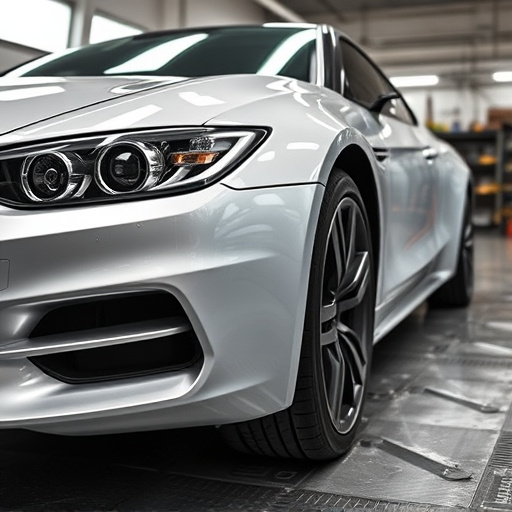
Vintage auto body repair requires a unique blend of historical knowledge and meticulous craftsmanshi…….
Vintage auto body repair is an art and science that focuses on the preservation, restoration, and conservation of classic and antique vehicles. It involves a meticulous process of reverting these time-honored automobiles to their former glory while ensuring historical accuracy. In an era dominated by modern manufacturing and rapid technological advancements, this traditional craft has gained renewed interest and popularity among car enthusiasts, collectors, and historians alike. This article aims to provide an in-depth exploration of vintage auto body repair, its significance, global impact, and future prospects in a rapidly evolving automotive landscape. By delving into various aspects, we will uncover the intricacies of this captivating field and highlight its enduring appeal.
Vintage auto body repair encompasses the specialized technique of repairing and restoring classic or antique cars, typically those produced between the early 20th century and the mid-1980s. It involves a comprehensive understanding of the vehicle’s history, original design, and construction methods. The scope includes various tasks such as panel straightening, body restoration, paintwork, trim restoration, and ensuring structural integrity while maintaining the car’s authenticity.
The core components of vintage auto body repair include:
Historical Research: Understanding the era and specific model of the vehicle is crucial. This involves studying design trends, manufacturing techniques, and available materials from that period to ensure accurate restoration.
Dismantling and Inspection: The process begins with carefully dismantling the vehicle to assess its condition, identify damage, and locate original parts. Every component is examined to determine repair or replacement needs.
Panel Straightening and Body Work: Skilled technicians use specialized tools and techniques to straighten bent panels, fix dents, and restore the body’s shape to its original specifications. This requires precision and a deep understanding of metalworking.
Paintwork and Finishes: Authentic paint jobs often involve searching for original color formulas and using period-correct paints. The art of custom mixing colors and achieving vintage finishes is a skilled craft in itself.
Trim Restoration: Restoring interior and exterior trim, including leather, wood, and vinyl, requires meticulous attention to detail. Original patterns and techniques are often employed to create an authentic look.
Vintage auto body repair has its roots in the early days of automobile manufacturing, when craftsmanship was paramount. As mass production took over, many original repair methods were lost, making the conservation of these skills even more critical.
Vintage auto body repair transcends national boundaries, with enthusiasts and professionals worldwide contributing to its growth and development. The global automotive industry’s love for classic cars has fueled international collaboration and knowledge sharing. For instance, the United States, Europe, and Japan have each made significant contributions to vintage auto restoration techniques, with their unique historical automotive legacies.
Classic Car Popularity: The resurgence of classic car culture globally has led to increased demand for restoration services. Collectible cars from various decades are highly sought after by enthusiasts, driving the need for specialized repair and preservation.
Cross-Cultural Exchange: International auctions, car shows, and restoration events facilitate the exchange of knowledge and techniques among experts worldwide. This cultural blending enriches the field with diverse perspectives and innovative ideas.
Digital Documentation: The digital age has played a pivotal role in vintage auto body repair by enabling detailed documentation of restoration processes. Online forums, social media groups, and video tutorials have made information more accessible to enthusiasts and learners worldwide.
The approach and popularity of vintage auto body repair vary across regions:
| Region | Popular Vehicle Types | Restoration Focus | Unique Challenges |
|---|---|---|---|
| North America | American Muscle Cars (e.g., Ford Mustang, Chevrolet Camaro), Classic Vans | Restoring iconic models with emphasis on performance and drivability | Access to original parts, especially for older models |
| Europe | British Sports Cars (Jaguar, MG), German Luxury Cars (BMW, Mercedes-Benz) | Preserving historical accuracy and craftsmanship, often involving intricate interior details | Different construction methods and materials from other regions |
| Japan | Japanese Classics (Toyota Land Cruiser, Nissan Skyline) | Focus on originality and mechanical integrity, with a growing interest in aesthetics | Limited documentation and parts availability for older models |
The vintage auto body repair market is dynamic and influenced by several factors:
Classic Car Values: The value of classic cars fluctuates based on market trends, rarity, and condition. Restoring these vehicles can be a lucrative endeavor, with some sales reaching millions of dollars.
Global Demand: As the global community becomes more appreciative of automotive history, demand for restoration services increases, creating a sustainable market.
Competition: The competition among restorers is intense, with many shops specializing in specific eras or vehicle types, leading to varying service rates and quality standards.
Vintage auto body repair attracts investors who recognize the potential:
Private Collectors: Wealthy individuals invest in rare classic cars, often seeking specialized restoration services to maintain or increase their value.
Dealer Networks: Car dealerships sometimes offer restoration services as part of their luxury brand experiences, targeting affluent customers.
Investment Funds: Some investment funds view vintage autos as collectible assets, investing in restoration businesses and classic car collections.
The industry’s economic impact extends beyond direct revenue:
Job Creation: It supports a range of skilled jobs, from technicians to historians, contributing to local economies.
Tourism: Restoration shops and classic car events attract tourists, boosting regional tourism and hospitality industries.
Cultural Preservation: By preserving vintage vehicles, this field contributes to the cultural heritage of automotive history, which has economic and social value.
Technological advancements have revolutionized vintage auto body repair:
Computer-Aided Design (CAD): CAD software allows restorers to create precise digital models of vehicles, aiding in measurement, design modifications, and virtual visualization of restoration projects.
3D Printing: This technology is used for creating custom parts, especially for rare or unique designs where original components are unavailable. 3D printing offers the advantage of precision and the ability to reproduce intricate details.
Laser Technology: Lasers are employed for precise cutting, engraving, and marking metal panels, ensuring accurate restoration of vintage car emblems and logos.
Robotic Automation: Some advanced body shops utilize robotics for repetitive tasks like welding, providing increased accuracy and consistency in panel alignment.
Technological innovations have significantly improved the efficiency, precision, and accessibility of vintage auto body repair:
Enhanced Accuracy: Modern tools and techniques enable restorers to achieve higher levels of precision, ensuring vehicles return to their original specifications.
Cost Reduction: While initial investments in technology are high, it can lead to long-term cost savings by reducing labor-intensive tasks and minimizing errors.
Global Collaboration: Digital platforms facilitate collaboration among restorers worldwide, sharing knowledge, resources, and best practices.
In the future, advancements in artificial intelligence and virtual reality could further transform this field, offering interactive restoration simulations and predictive analysis for better decision-making.
Key policies and regulations govern vintage auto body repair to ensure safety, quality, and ethical practices:
Vehicle Safety Standards: Restorers must adhere to safety regulations when repairing or replacing components, especially in vehicles intended for road use.
Environmental Compliance: Many regions have laws regarding the disposal of automotive waste and the use of environmentally friendly materials and techniques.
Intellectual Property Rights: Protecting original designs, trademarks, and patents is essential, especially when reproduction parts are involved.
The legal framework influences various aspects:
Licensing and Certification: Restorers often require specific licenses or certifications to operate legally, ensuring a certain level of competence and professionalism.
Warranties and Insurance: Restoration shops may offer warranties on their work, while insurance policies protect both the restorer and the client from potential risks and liabilities.
Import/Export Regulations: For classic cars imported or exported internationally, customs and border control agencies have specific rules to ensure compliance with local laws.
Vintage auto body repair faces several challenges:
Parts Availability: Obtaining original or period-correct parts can be difficult for rare models, often requiring creative solutions like recycling from other vehicles or custom fabrication.
Skills Gap: As traditional crafts age, finding skilled technicians with the necessary expertise becomes a challenge. Training programs and mentorship are crucial to address this gap.
Cost of Restoration: The time and labor intensiveness of vintage restoration can make it financially challenging for some enthusiasts, limiting accessibility.
Criticisms of the field include:
Excessive Restoration: Some critics argue that excessive restoration alters the car’s history. Addressing this by promoting historical accuracy and transparency in restoration practices is essential.
Lack of Standardization: The absence of universal standards can lead to inconsistent quality. Developing industry guidelines and certification programs can help maintain high standards.
Ethical Concerns: Using original materials or parts from modern vehicles for vintage restorations has raised ethical questions. Promoting transparency in sourcing and educating enthusiasts about authentic practices can mitigate these concerns.
A team of restorers undertook the task of reviving a 1967 Ford Mustang Fastback, aiming to return it to its original glory. The process involved:
Outcomes: The restored Mustang became a showcase for traditional craftsmanship, attracting attention at international car shows. It sold for a premium price, proving the market demand for top-quality vintage restorations.
A Japanese restoration shop took on the challenge of restoring a 1980s Toyota Land Cruiser, known for its rugged off-road capabilities and classic design. The project focused on:
Achievements: The restored Land Cruiser became a testament to Japanese craftsmanship, attracting worldwide attention and winning several restoration awards. It showcased the potential for combining vintage aesthetics with modern engineering.
The future of vintage auto body repair holds exciting possibilities:
Sustainability: There is a growing emphasis on eco-friendly restoration practices, using sustainable materials and methods to reduce environmental impact.
Digital Twin Technology: Creating digital replicas of classic cars enables virtual restoration, simulation, and customization, offering new ways to interact with vintage vehicles.
3D Scanning and Printing: Advanced 3D scanning technology can capture detailed vehicle models for printing custom parts or even entire car bodies, revolutionizing restoration processes.
Several sectors offer significant growth opportunities:
Luxury Market: High-end restoration services for exclusive classic cars cater to affluent collectors, providing premium experiences and results.
Education and Training: Developing specialized training programs and degrees in vintage auto body repair can address the skills gap and attract a new generation of enthusiasts.
Global Collaborations: International partnerships between restorers, museums, and car manufacturers can lead to knowledge sharing, joint restoration projects, and global exhibitions.
Vintage auto body repair is more than just a craft; it is a vital component of preserving automotive history and cultural heritage. As classic cars continue to captivate enthusiasts worldwide, the demand for skilled restorers and conservationists will only grow. This field exemplifies the perfect fusion of tradition and innovation, where time-honored techniques meet modern technology.
By embracing challenges, addressing criticisms, and staying at the forefront of technological advancements, vintage auto body repair will endure as a respected and thriving industry. As we look ahead, the future holds immense potential for innovation, sustainability, and global collaboration in this captivating realm of automotive restoration.
Q: What is the difference between vintage and classic cars?
A: The terms “vintage” and “classic” are often used interchangeably but have distinct meanings. “Vintage” typically refers to vehicles produced in a specific era, usually with a focus on the past 50-70 years. “Classic,” on the other hand, describes timeless designs that transcend time, often spanning multiple decades or even centuries.
Q: How do I know if a car restoration project is worth my investment?
A: The value of a vintage car restoration depends on various factors, including the vehicle’s rarity, condition, historical significance, and market demand. Conducting thorough research, consulting experts, and understanding the potential resale value or emotional attachment to the car can help determine its worth.
Q: Can I learn vintage auto body repair without formal training?
A: While it is possible to learn certain aspects of vintage auto body repair through online resources and tutorials, formal training offers a structured approach. Consider enrolling in specialized courses or apprenticeships to gain comprehensive knowledge and develop practical skills under expert guidance.
Q: Are there any environmental concerns related to vintage car restoration?
A: Vintage car restoration can have environmental implications, primarily due to the use of certain chemicals and disposal of waste materials. Restorers should adhere to sustainable practices, use eco-friendly materials when possible, and properly dispose of hazardous substances according to local regulations.
Q: How can I find a reputable vintage auto body repair shop?
A: Reputable shops often have a proven track record, certifications, and positive client testimonials. Ask for recommendations from car clubs or restoration communities, check online reviews, and ensure the shop has the necessary licenses and insurance to provide quality service and protection.

Vintage auto body repair requires a unique blend of historical knowledge and meticulous craftsmanshi…….
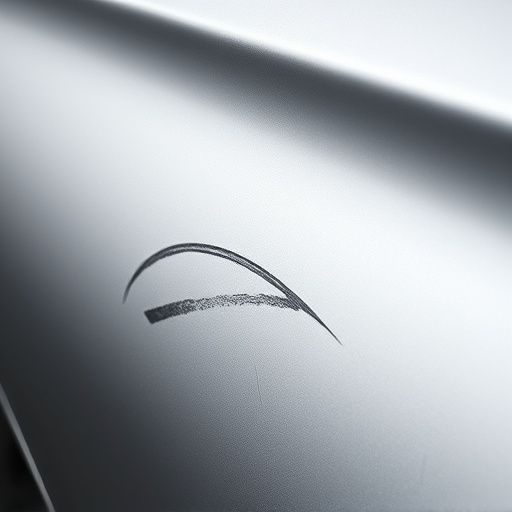
Vintage auto body repair emphasizes authenticity and historical integrity using original or replicat…….
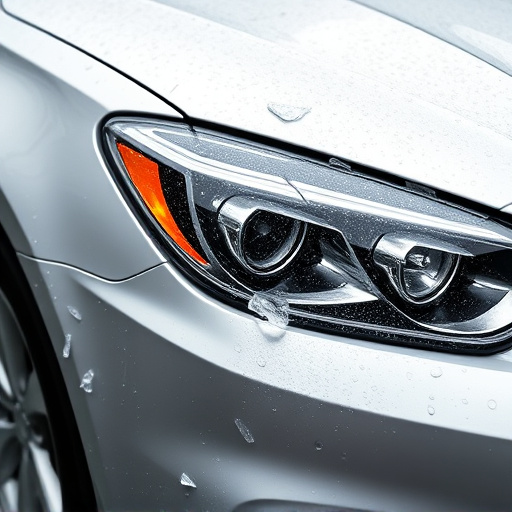
Vintage auto body repair is a specialized art utilizing traditional techniques and materials like ha…….
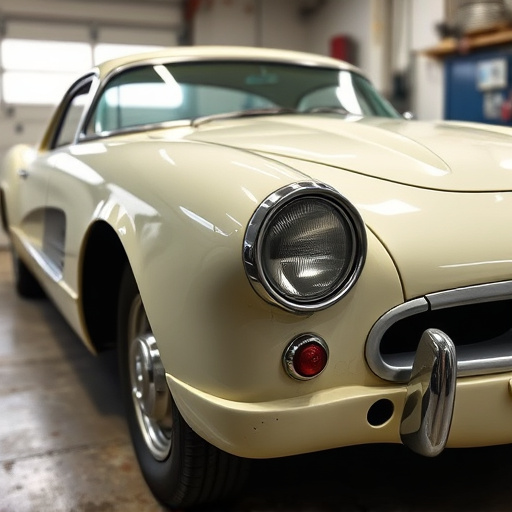
Vintage auto body repair combines traditional techniques with modern advancements to restore classic…….
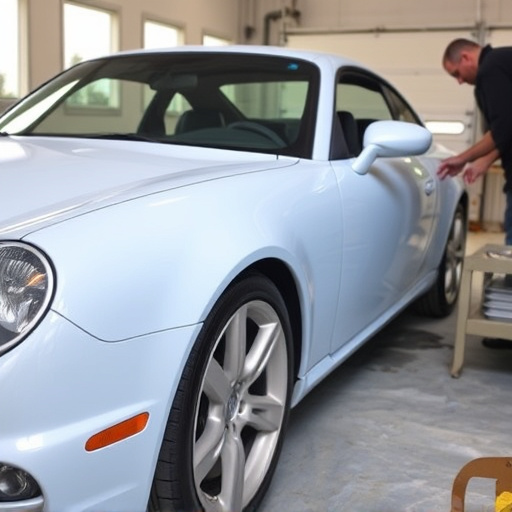
Vintage auto body repair emphasizes traditional craftsmanship and attention to detail for historical…….
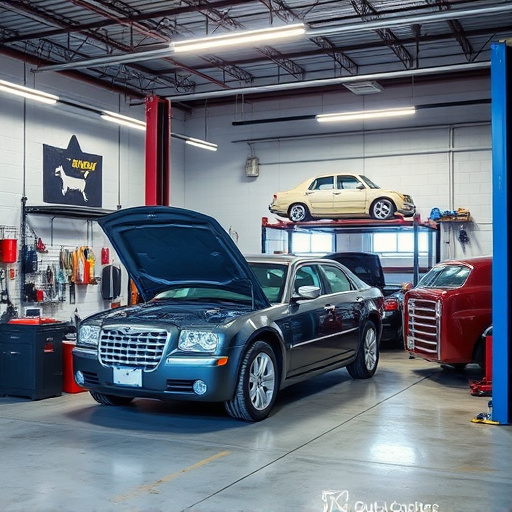
Vintage auto body repair is an art form that preserves historical craftsmanship, using traditional t…….
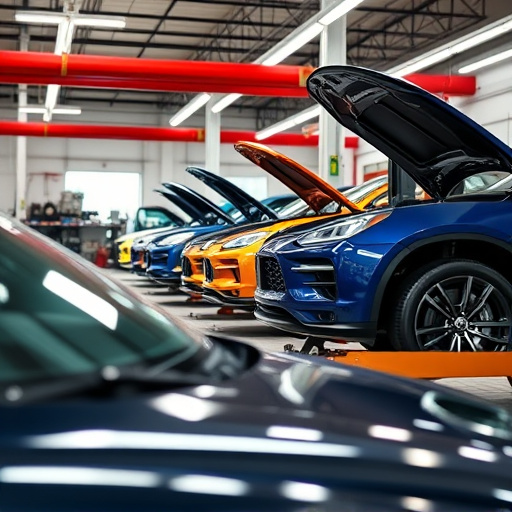
Vintage auto body repair is a specialized craft that revitalizes classic cars while preserving their…….
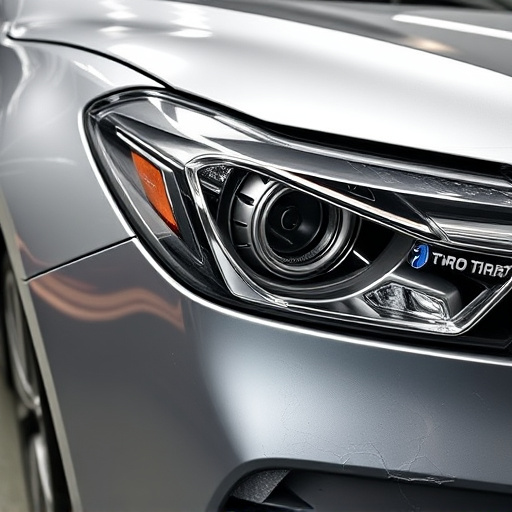
Vintage auto body repair is a specialized craft that preserves historical automotive artistry. Skill…….

Vintage auto body repair presents unique challenges due to lack of modern safety features and standa…….
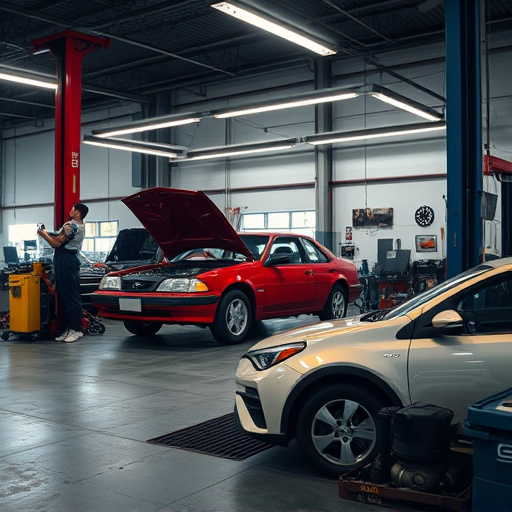
Vintage auto body repair combines skill and sensitivity to maintain original integrity and aesthetic…….